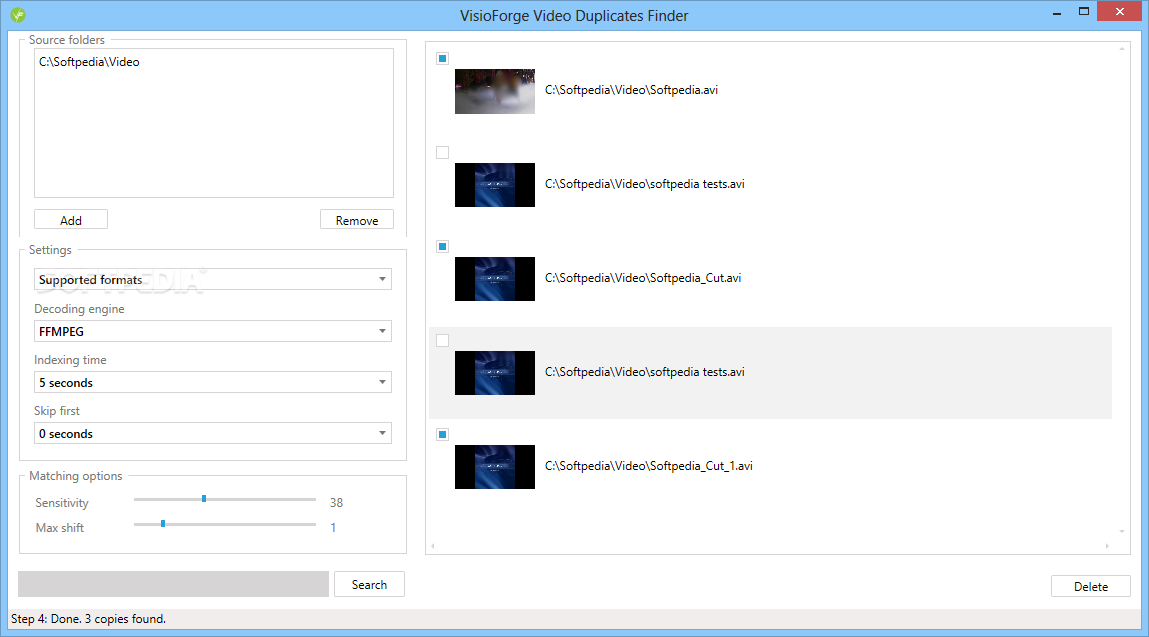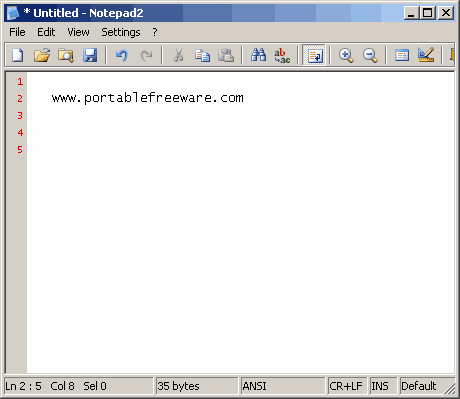
Turn on both “2nd.” and “non-duplicated lines” to leave only one copy of all lines that had duplicates. Turn on both “2nd.” and “1st occurrence of duplicate lines” to delete all duplicate lines, leaving only lines that were previously unique. Use this to delete unnecessary duplicates from a file. Turn on “2nd and following occurrences of duplicate lines” and turn off the other two options to delete all duplicate lines, leaving only unique lines in the file, regardless of whether they were previously unique. Selecting all of them would delete all the lines in the file. Selecting none of the options would have no effect. Every line in the file belongs to one of the 3 categories.

You have to select one or two choices in the “lines to delete” section. “Ignore difference in case” compares lines without regard to the difference between uppercase and lowercase letters.

#How to remove duplicates from a file in editpad lite pro
EditPad Pro then completely ignores all spaces and tabs, including spaces and tabs in the middle of lines. “Ignore all differences in spaces and tabs” is more than a combination of the two previous options. Similarly, “ignore trailing spaces and tabs” ignores differences in spaces and tabs at the end of each line. “Ignore differences in leading spaces and tabs” treats lines that only differ in the number of spaces and tabs at the start of the line as duplicates. This has important consequences (see next section). If a line has less than 10 characters then it is considered to be blank. If those 9 characters are the same the lines are considered to be duplicates.

If the selection spans from column 10 to column 18, for example, EditPad Pro compares columns 10 through 18 of each line. With this option, EditPad Pro only compares the selected columns. The option “compare selected columns only” is only available when you’ve made a selection that does not span more than one line, or when you’ve made a rectangular selection. Comparison Optionsīy turning on one or more comparison options, you can tell EditPad Pro to consider lines as duplicates even when they aren’t identical. If you select “anywhere in the scope”, EditPad Pro has to compare each line with every other line in the file. Selecting “adjacent lines only”, however, deletes the duplicate lines significantly faster, certainly when the number of lines in the file is large. In a sorted file, all duplicates are sorted together. If the file’s lines are sorted alphabetically, then the end result of “anywhere in the scope” and “adjacent lines only” is the same. Select “adjacent lines only” if you only want to delete a line’s duplicates if they’re immediately below the line they duplicate, without any other lines between them. Lines that are not duplicated inside the selection are not deleted, even if they have duplicate lines outside the selection. If you’ve set the scope to “selected lines” then the lines must be duplicated inside the selection. Select “anywhere in the scope” to delete all lines that are duplicated anywhere. If the selection is rectangular then lines covered by the selection are deleted entirely.

If the first and/or last line in the selection are only partially selected, the selection is expanded to include them entirely. If you’ve selected part of the file before using the Delete Duplicate Lines command, you can limit the command to delete only lines that are selected. You can make a number of choices as to what EditPad Pro considers to be a duplicate line. The status bar indicates how many lines were deleted. Select the Delete Duplicate Lines item in the Extra menu to delete lines with (nearly) identical text on them. Extra|Delete Duplicate Lines Extra|Delete Duplicate Lines


 0 kommentar(er)
0 kommentar(er)
